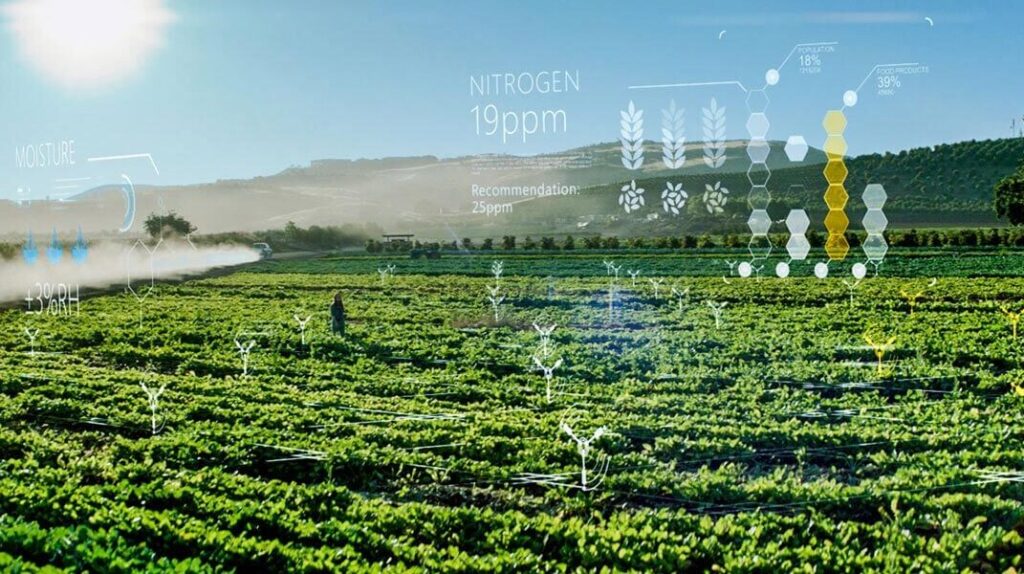
The Internet of Things (IoT) plays a crucial role in our endeavors, as we integrate an ever-expanding network of interconnected devices, fostering a digitally interwoven world.
Related projects

Cloudification of network stack for IoT in space
The “new space” revolution is bringing about a new era of innovation and possibility in the industry as private companies are pushing the boundaries of what is possible by launching thousands of Low Earth Orbit (LEO) satellites. One of the most exciting developments is the use of small IoT picosatellites (picosats) that envisions offering a cost-effective way to connect millions of IoT devices around the world that may not have access to terrestrial networks. The small size and low-complexity hardware of these satellites make them easy to build and launch into orbit, resulting in rapid scaling of IoT picosat networks. As picosat constellations scale, their traditional networking stack becomes the bottleneck because it does not incorporate constraints specific to picosat constellations. In this project, we innovate a new end-to-end networking stack for IoT in space by introducing cloudification of the network stack.
Related vertical(s): Space connectivity

Echo: Ultra low-power satellite communication
Project Echo is focused on developing ultra-low-power satellite communication to reliably connect devices in resource constrained environments. We believe that these new wireless communication techniques will lead to the next generation of IoT devices for applications ranging from smart agriculture to communication in space.
Related vertical(s): Ultra-low-power connectivity

FoodVibes: Wireless sensing and communication for food supply chain traceability
At Microsoft Research, we are working towards a fully digitized and connected supply chain for agriculture and food. With the growing human population, there is a need to responsibly and sustainably meet the global food demands. Towards this goal, FoodVibes identifies critical traceability points in the global Agri Food Industry that are responsible for inefficiency and applies technological innovation to address key challenges faced by the industry. By leveraging our research in wireless communication, battery-free and IoT sensing, we are establishing traceability for key metrics related to nutrition, sustainability, and quality of the food that nourishes the global population. Some of these key challenges being addressed include creating traceability from farm to fork, especially for bulk commodities like grain, tracking the produce environment during transport and storage with novel sensing infrastructure and a communication scheme to ensure global connectivity to support this supply chain.
Related vertical(s): Space connectivity | Ultra-low-power connectivity

IoT in TV White Space spectrum
The deployment of Internet of Things (IoT) networks has rapidly increased over recent years – to connect homes, cities, farms, and many other industries. Today, these networks rely on connectivity solutions, such as LoRaWAN, operating in the ISM bands. Our experience from deployments in multiple countries has shown that such networks are bottlenecked by range and bandwidth. Therefore, we propose a new connectivity solution operating in TV White Space (TVWS) spectrum, where narrowband devices configured for IoT can opportunistically transmit data, while protecting incumbents from receiving harmful interference.
Related vertical(s): New spectrum and sharing

Low latency distributed downlink for low Earth orbit satellites
Low Earth orbit (LEO) satellites for Earth observation and IoT have become very popular in recent years. The earth observation satellites collect hundreds of Gigabytes of imagery during their orbit. This data needs to be downloaded using ground stations on Earth. However, due to the low altitudes, the satellites move fast with respect to a ground station on Earth, and consequently, have a few minutes time window to download the data to a single station. Although an LEO IoT satellite aggregates comparatively much lower amount of data, it uses very low data rate link to download the data. It, in turn, has a very negative impact on the freshness of data and overall throughput of the satellite networks. We propose a geographically distributed ground station design, DGS that improves robustness and reduces downlink latency. DGS is the first system to use a hybrid ground station model, where only a subset of ground stations are uplink-capable.
Related vertical(s): Space connectivity

SatSense: Sensing the Environment using Satellites
Project SatSense is focused on using satellite telemetry to develop new techniques for environmental monitoring. We believe this will lead to gaining accurate insights about today’s ecosystem at large-scale including forestry, agriculture, oil & gas, among others.
Related vertical(s): Ultra-low-power connectivity

Spectrum sharing between satellite and terrestrial networks
In a world where space and terrestrial networks are expanding at an unprecedented pace, it is critical to ensure that the radio spectrum, a finite resource, is utilized to benefit both types of networks. To achieve this, it is essential to have an inclusive spectrum management technology that can facilitate efficient spectrum sharing. We introduce our innovative solutions that enable spectrum sharing in two ways. Firstly, our cutting-edge NextG AI-driven spectrum database creates a new spectrum awareness service that ensures effective management of the spectrum. Secondly, our spectrum exploitation techniques leverage satellite artifacts that embed unique attributes in the RF signal transmitted from each satellite, enabling coexistence with other networks. Our innovations have been tested and evaluated in a real-world satellite network, providing compelling evidence of their efficacy. With these groundbreaking solutions, we are confident that we can overcome the challenges of managing the radio spectrum and drive forward a new era of progress and innovation in both terrestrial and space networks.
Related vertical(s): Space connectivity | New spectrum and sharing

